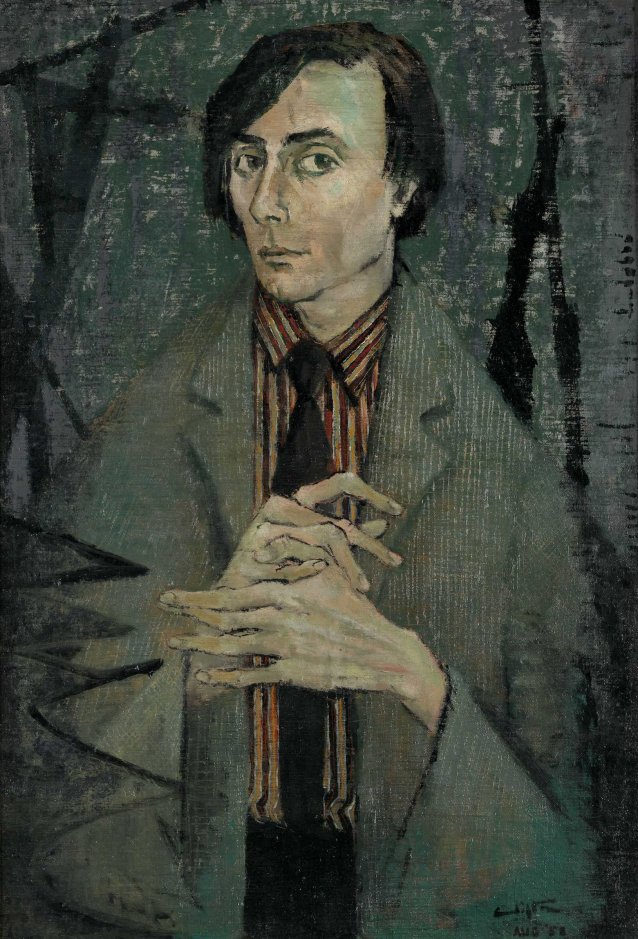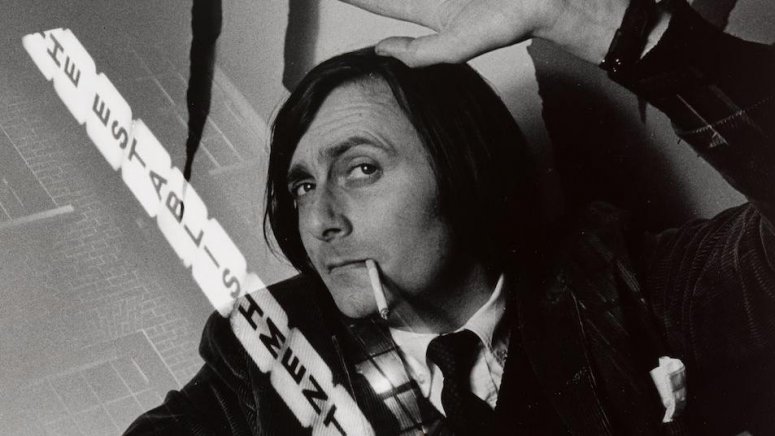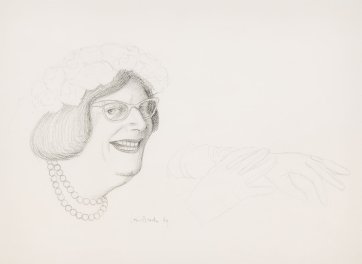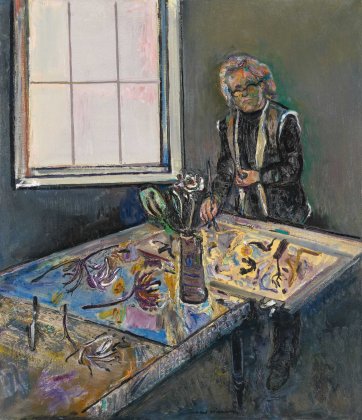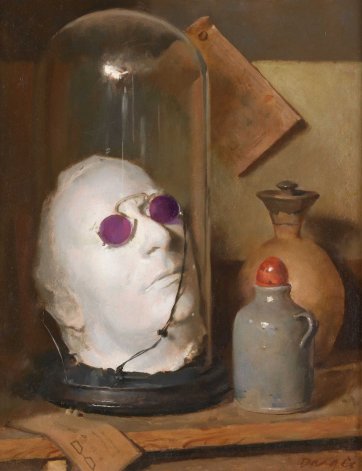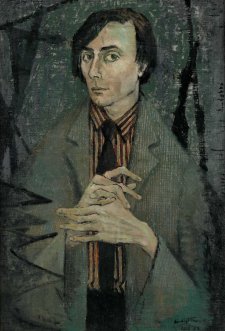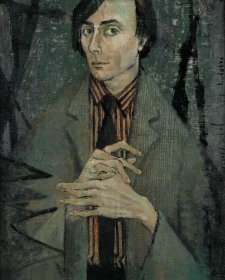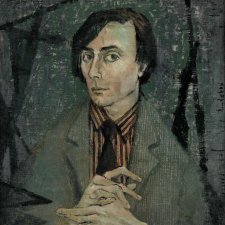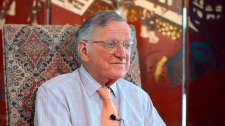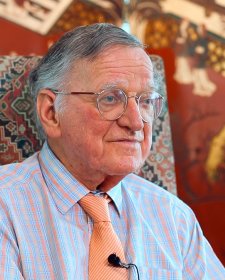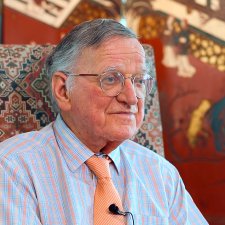Barry Humphries AO CBE (1934-2023), actor, writer and artist, was the world's all-time most successful solo theatrical performer. After studying law for two years, Humphries joined the Melbourne Theatre Company. In 1955 he created his archetypes of suburban mediocrity: Mrs Edna Everage, a Moonee Ponds mother and housewife, her longsuffering husband Norm, and the washed-out, ruminative Sandy Stone. From the late 1950s Humphries performed in his own one-man shows in Australia, Britain, Europe and the US, and Edna Everage held court with increasing flamboyance in shows including Housewife, Super-star; Edna, the Spectacle; and Eat Pray Laugh!, which Humphries announced would be her last. In 2000 Humphries won a Special Tony Award, a Drama Desk Award, a Theatre World Award, and an Outer Critics Circle Award. He was the subject of the National Portrait Gallery's first large-scale biographical exhibition in 2002. His many books include two different autobiographies, More Please (1992) and My Life as Me (2002) as well as an autobiography of Edna Everage, My Gorgeous Life (1997) in which the meeting between Humphries and Everage is described in detail.
Clifton Pugh and Barry Humphries became friendly in the 1950s and Humphries sometimes went to stay at Dunmoochin, Pugh's home in the bush near Melbourne. Pugh's portrait of Humphries looking 'haunted, angular and aesthetic' – the very first work acquired by the National Portrait Gallery – was painted there. Through his association with Pugh, Humphries's schoolboy interest in art revived, and Pugh helped him mount an exhibition of his works in the gallery of the Victorian Artists' Society. The exhibition featured some collaborative collages by Humphries and Pugh and an installation of boxes of 'Platytox', a shocking product purportedly designed to eradicate the platypus and most marsupials.
Gift of L Gordon Darling AC CMG and Marilyn Darling AC 1998. Donated through the Australian Government's Cultural Gifts Program.
© Shane Pugh
The National Portrait Gallery respects the artistic and intellectual property rights of others. Works of art from the collection are reproduced as per the
Australian Copyright Act 1968 (Cth). The use of images of works from the collection may be restricted under the Act. Requests for a reproduction of a work of art can be made through a
Reproduction request. For further information please contact
NPG Copyright.
